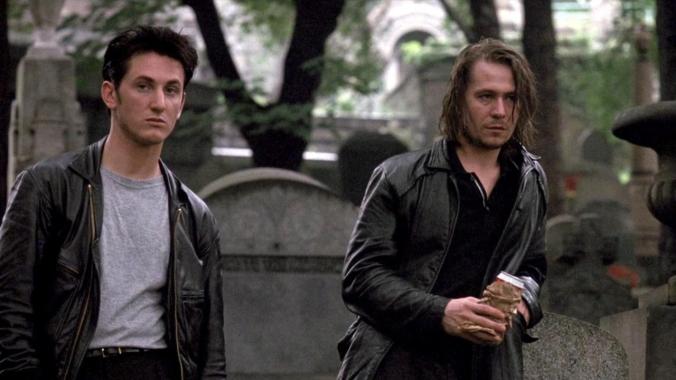Owed to my Romantic proclivities, the most spiritually challenging aspect to living in Los Angeles is its seasonal monotony. I am never so acutely aware of it than at this time of year, when my biorhythms, still calibrated for the East Coast after nearly two decades, anticipate the cooling of the air and coloring of the foliage. With only gentle reminders, at best, from Mother Nature of the Earth’s shifting axial tilt, a greater metric burden is placed on holidays: Celebrating St. Patrick’s Day is how I make the mental transition to spring; Fourth of July reminds me summertime has commenced in earnest; Thanksgiving heralds the coming Christmas season, when those who are dear to me will be near to me once more.
In that way, holidays do more than merely mark the passage of time—another birthday, another Mother’s Day, another New Year’s Eve—but in fact give the year its very structure. With the exception of August, which itself is traditionally a time for family vacations, every month has at least one official holiday that helps define it. The particular aesthetics of one over the other, from its foods to its music to its very color palette, conjures a fully immersive sensory experience all its own. Sure, we may prefer some holidays over others, or celebrate some more than others, but where would we be without them?
I guess we’d be in 2020. I don’t know about you, but the only friends I got drunk with on St. Paddy’s were Sean Penn and Gary Oldman; the only baseball games I got out to this past spring featured Cleveland Indians starting pitcher Charlie Sheen; the only beach I visited this summer was out on Amity Island. My cousin’s son turned twelve this past May, and I couldn’t help lament he wouldn’t be spending what will likely be his last summer of innocence on the streets with his friends as I did; I sent him a copy of Stephen King’s The Body so he could at least have a vicarious boyhood adventure. We’ve all made due however we must this year, “celebrating” seasonal occasions in our living rooms or backyards, clinging to the semblance of normality those traditions provide in these traumatically abnormal times.
But when the Los Angeles County Department of Public Health prohibited trick-or-treating last month, that was a bridge too far. Parents—not kids, mind you—went apeshit, and the very next day L.A. softened its position substantially, merely recommending against the time-honored practice, so cease-and-desist with the hate-tweets, please! Banning trick-or-treating was perceived as canceling Halloween—an unacceptable sacrifice in a year full of previously unthinkable compromises.

It’s impossible to imagine my own parents, who always made the holidays special, reacting so histrionically. The first decade of my late father’s life, after all, coincided with the Great Depression; I don’t think he would’ve felt particularly sorry for us had trick-or-treating been suspended on account of a major public-health crisis. And not because he was unkind or unsympathetic, but rather because he wouldn’t have viewed it as an impediment to celebration.
Continue reading






Recent Comments